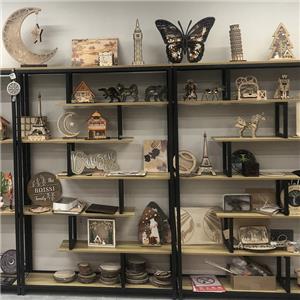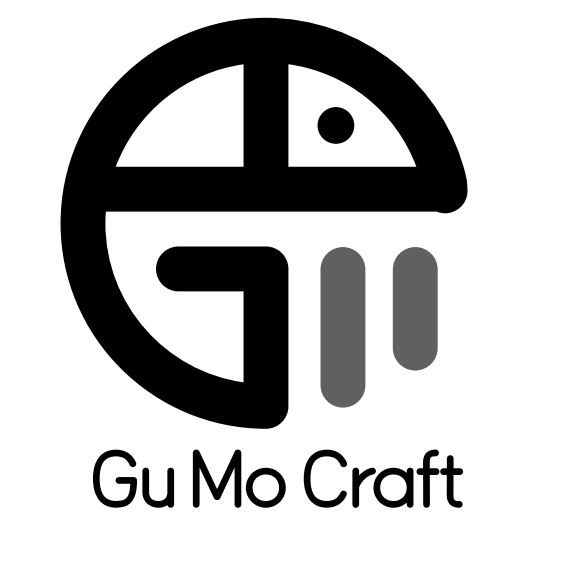Sustainable Timber Sourcing for Long-Lasting Wood Crafts

At Gumowoodcrafts, the foundation of every piece lies in the careful selection of timber. The right wood ensures durability, aesthetic appeal, and structural integrity. While many discuss sourcing in broad terms, we focus on the practical aspects—how timber quality directly impacts craftsmanship in our wooden world maps and other premium products.
Why Timber Selection Matters
Superior wood starts long before carving begins. Factors like grain density, moisture content, and natural resistance determine longevity. Hardwoods such as oak, walnut, and teak are preferred for their tight grain and resistance to warping. These species age gracefully, developing richer tones over time.
Unlike fast-grown alternatives, slow-maturing timber offers inherent stability. This reduces the need for chemical treatments, aligning with functional sustainability—longer-lasting products mean fewer replacements.
Regional Sourcing and Seasoning Practices
Proximity to timber sources minimizes environmental strain from transportation. We prioritize locally available species that meet strength requirements. Once harvested, wood undergoes natural seasoning—air-drying for months to balance moisture levels. Kiln-drying supplements this process, ensuring stability before shaping.
Proper drying prevents cracks and splits, a common flaw in rushed production. This patience results in wood that withstands temperature shifts and humidity, crucial for items like our home desktop decorations and furniture pieces.
Ethical Harvesting Without Buzzwords
Responsible sourcing isn't about labels—it's about action. Selective harvesting preserves forest health by removing only mature trees while allowing younger ones to thrive. Replanting isn't just protocol; it's a necessity for maintaining supply chains.
We work with suppliers who share this approach, avoiding overexploitation. Traceability ensures timber comes from managed woodlots, not protected areas. This practical ethic supports both craftsmanship and resource availability.
From Log to Workshop: Quality Control
Every batch undergoes rigorous checks:
-
Visual Inspection: Checking for knots, insect marks, or irregularities.
-
Moisture Testing: Confirming ideal levels (8–12%) for stability.
-
Strength Assessment: Testing load-bearing capacity for structural pieces.
Rejected wood is repurposed for smaller items like our Valentine's Day gifts, minimizing waste. This scrutiny guarantees only the best materials enter production.
The Role of Craftsmanship in Timber Longevity
Even premium wood falters under poor construction. Our techniques enhance natural durability:
-
Joinery: Mortise-and-tenon or dovetail joints avoid weak glue reliance.
-
Finishes: Natural oils penetrate grain, protecting without synthetic layers.
-
Design: Accounting for wood movement prevents stress damage.
Conclusion: The Gumowoodcrafts Standard
Our commitment transcends trends. By selecting resilient timber, applying time-tested techniques, and prioritizing ethical procurement, we create heirloom-quality pieces. The result? Woodcrafts that last generations—true sustainability in practice.
For details on our material process, explore our workshop insights or contact the sourcing team. Discover more in our product collection.

